Note: The following is the first part of our Creative Tech series. Creative Tech aims to educate and inform creative professionals about the ways technology can enhance their creative work experience.
Composer Edward Heidenreich has an extensive background as a composer for commercials, film, audio books and sound design. Recently, I joined a session at his studio in suburban Chicago and was able to get the low down on his gear, recording approach and how he uses technology to make his work compelling, and his workflow streamlined.
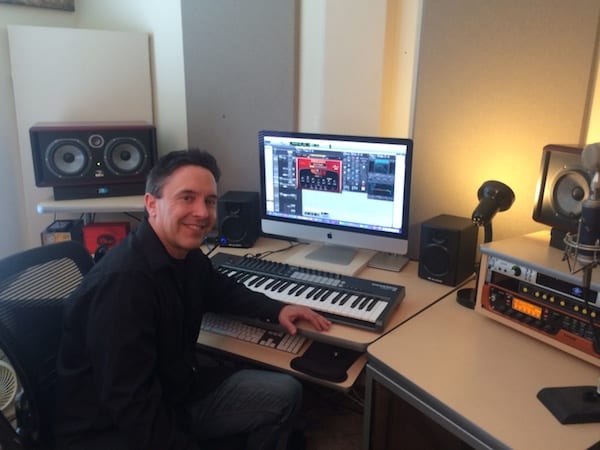
Behind the Scenes, In the Studio
Initially, I was with Edward as a session musician, playing dobro (resonator) guitar on his soundtrack for a casino game. His client requested a rootsy, downhome soundtrack because the theme of the game is “fishing”. He had composed appropriately fun, interesting and somewhat bluegrass sounding music. He had shared a demo with his client already and got the thumbs up to proceed with the final music.
Heidenreich uses Pro Tools HD recording software and is a Certified Expert from Avid, the manufacturer of the software. He used a Blue “Bottle Rocket” Microphone on my guitar. It is a large diaphragm condenser mic and has a very natural, full range, high fidelity sound. He had that plugged into a UA Apollo audio interface. That interface connects to his computer via Thunderbolt.
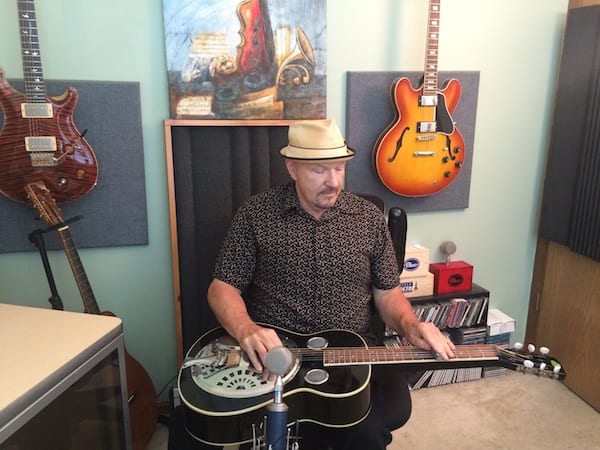
He played the basic track for me in the control room through a pair of Focal Twin6 Be monitors. These are high-end studio monitors that have a very flat frequency response, meaning they reproduce all frequencies very accurately and evenly. Studio monitors must have that type of response so that the engineer/producer can make the many critical mixing and EQ decisions required. I can’t stress enough the importance of excellent studio monitors and they are often lacking in semi-pro and home studios.
I was playing in the control room, so I wore a pair of Sennheiser HD 280 Pro headphones while tracking, which are a great choice because they have an accurate frequency response. They are “closed back” headphones, which is important because the microphone being used was only a few feet away. We don’t want any leakage of sound from the headphones to reach the mic while recording. They also need to feel comfortable to wear and not distracting.
Q&A with Heidenreich
In due course we recorded my parts and my work was done. As the producer, composer and engineer, Edward still had a lot of details to accomplish before finishing the project. At that point we took a break, and I was able to ask him some questions about how he utilizes technology to do his creative work in the studio.
I see you are using Pro Tools. Is that your main recording platform?
EH: Yes, definitely. With the current feature set in Pro Tools 12, I can do everything I need for any project in the Pro Tools environment. That really is a time saver and streamlines my workflow. Prior to version 11, there were some limitations to the number of virtual instruments I could use at one time…but not anymore. In particular, some of the large orchestral libraries such as the East West library running on their Play Engine and the Kontakt 5 Player libraries by Native Instruments work great! Many third party sound and effect libraries use the Kontakt Player framework. All of those run smoothly in Pro Tools 12.
What outboard gear are you typically using here in your studio?
EH: I have a nice selection of guitars in house such as the Gibson ES 335 Larry Carlton model electric and a wonderful acoustic built by Howard Klepper in California. It’s a smaller body steel string acoustic that records very well and the hand craftsmanship is impeccable. I also have a 1913 Steinway Model B that has a warm, rich sound that only those can make. My studio monitors are a pair of Focal Twin6 BEs. They are a fabulous choice in any studio…very accurate frequency response and imaging. They are active (Tri amplified with internal amplifiers for bass, Mid bass and high frequencies.) I have a Pro Tools Eleven Rack for guitar amp and effect sounds and my audio interface is a UA Apollo Quad. (Universal Audio). The AD/DA converters in the Apollo are great. Very clean, quiet and transparent. The interface also has 4 Shark DSPs in it that can run UA plugins internally freeing up computer power to do other tasks. I am also fond of and often use Blue Microphones. I have a Blue Bottle that sounds great on vocals and a pair of Blue Bottle Rocket Stage One Mics with interchangeable capsules that mount on the end of the mics. All of the Blue mics are large diaphragm condenser microphones.
For keyboards I have a Novation Launch Key midi controller and also a Korg Chrome 88 Key with the weighted action keys for a real piano feel. My computer is a 27 “Apple iMac with a core i7 processor and 16GB of RAM. It has an internal SSD and then externally I have four OWC Mercury Elite Pros connected via Thunderbolt. I am running Pro Tools 11 HD
What software plugins do use on a regular basis?
EH: I use many virtual instrument and effect plugins such as the Spectrasonics Trilian for bass, Omnisphere and Stylus for percussion and various types of groove generation. I have various play instruments such as Hollywood Brass and Hollywood Strings, which are libraries that run on the East/West Play Engine platform. I also use a plug called Fab Four, which replicates many of the classic sounds used by The Beatles at Abbey Road Studios. Of course I use a vast array of EQ, Dynamic and effects plugins on a daily basis.
What format do you record in and what format are you delivering the final music in for this project?
EH: I typically record in 24 bit, 44.1k sample rate. I find that I get a noticeable increase in sound quality when I go from 16 bit to 24 bit. I get a noticeable improvement in depth of field and a quieter noise floor. The final music for this current project will be delivered in 16 bit, 44.1 sample rate stereo. (So called CD quality) as per request of the client.
• Roger Adler is a freelance composer/producer/performer who has played more than 4,500 live gigs from smoky bars to the Inaugural Ball for the President of the United States. He has played on more than 1,000 TV commercials as a guitarist and even played on the soundtrack for and appeared in the movie Groundhog Day. As a composer, his clients include Comic Relief on A&E, HBO, PBS (NOVA) WTTW Chicago and many more. He has received four EMMY Nominations for his music for TV and his TV show Wild Chicago won many Emmy awards. He also co-wrote and produced the debut single by Michael Lynch from THE VOICE TV show.
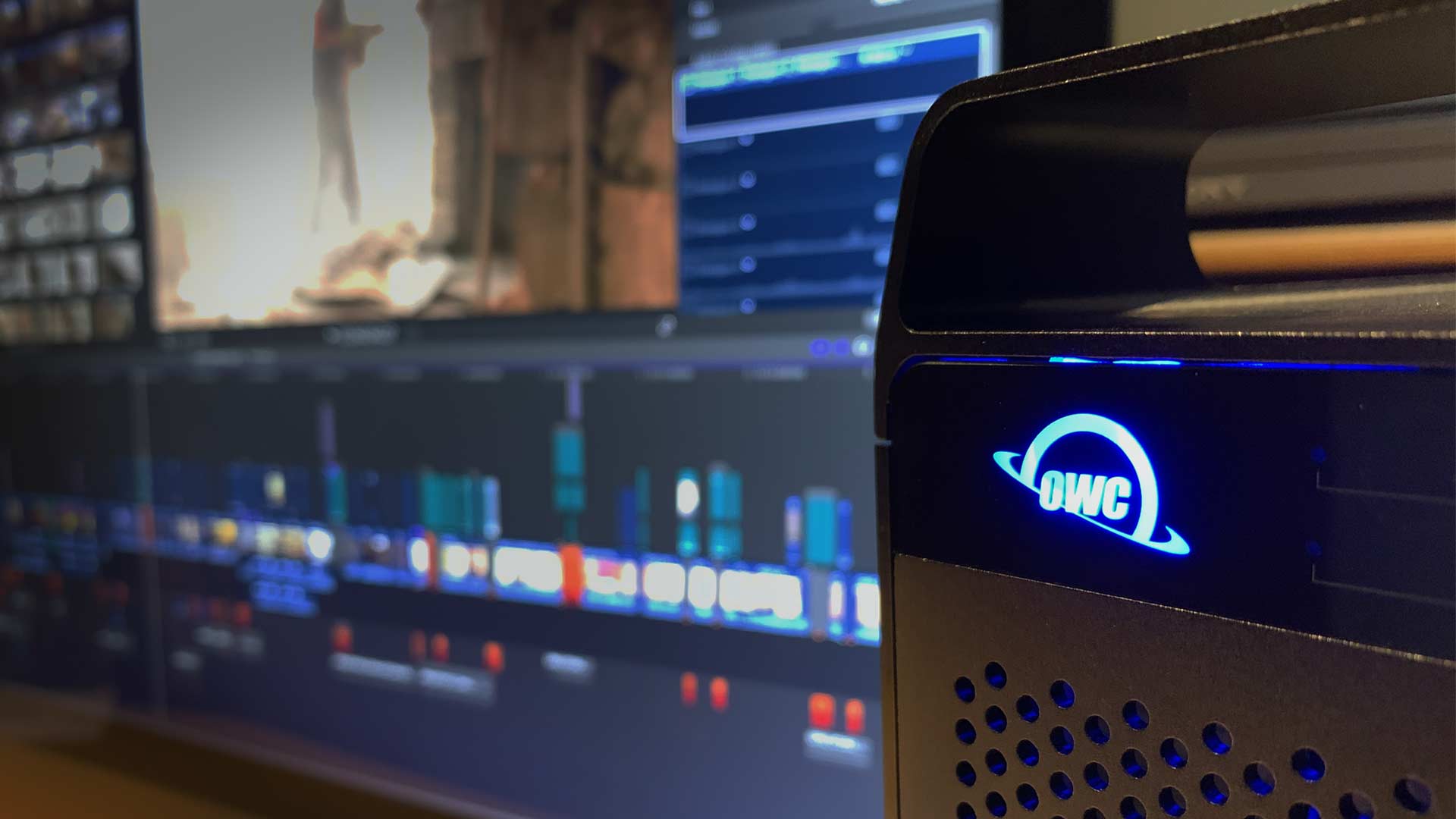

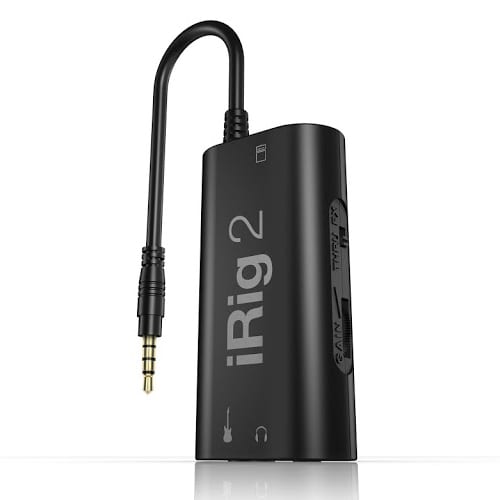
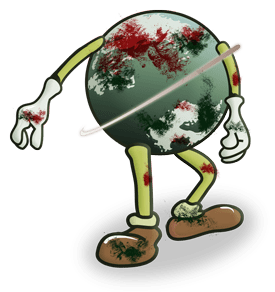
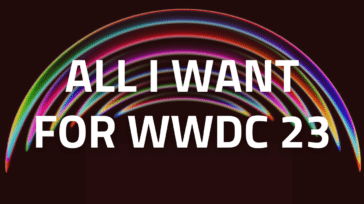

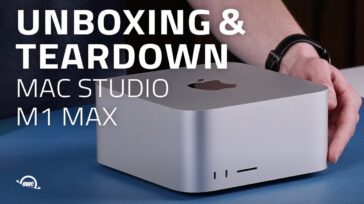
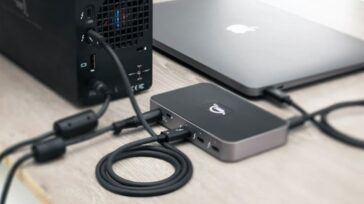


Terrific article Roger. thanks so much for the in-depth report.
Very good!!! I am always looking for ideas and products to look into.. great article!